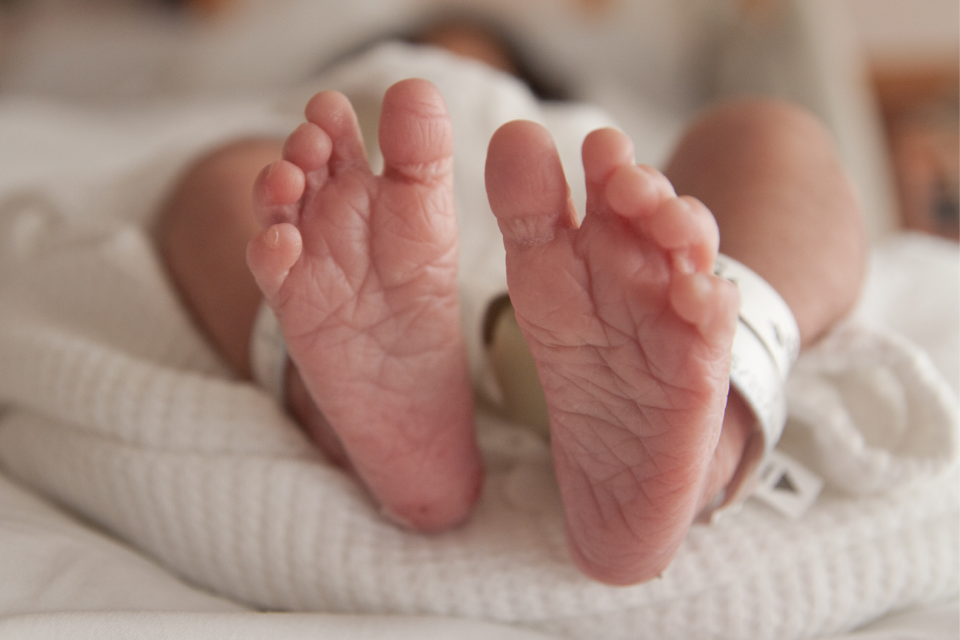 There are many questions to encourage dialogue between you and your doctor, especially when you are still interviewing a medical care provider. Here are my TOP 5 suggested questions that will give you a good idea as to the doctor’s philosophy about caring for you and supporting your Birth Preferences. Ask these questions in a respectful and non-confrontational manner to illicit a healthy dialogue with the doctor. It is a good idea to interview at least 2 or 3 providers. Listen to your Intuition and watch the doctor’s body language. And if during the course of your pregnancy you are getting the feeling your doctor may not be on the same page as you regarding your Birth Preferences, it may not be too late to change providers. It may not be too late to ‘break up with your doctor!’ Please check with your insurance company regarding switching doctors because some insurance companies may have time-deadline restrictions.
Wishing you happy memories on your Labor Day. May you experience a Serenity Birth! Follow me on Instagram: Serenity_Birth, Twitter @Serenitybirth1 [Originally published May 17, 2015]
0 Comments
 We’ve all heard stories about the baby born in the car, on the way to the hospital or born unassisted (unintentionally) at home. We call it precipitous labor (a labor length of under three hours). While the intention of these couples was to give birth in a hospital facility or planned home birth, the fact of the matter is that birth happens! I once heard Ina May Gaskin say at a birth conference, “Birth was made to work in case nobody is there.” Although precipitous labors occur more frequently with subsequent births, the overall percentage of this happening to you is very LOW so no need to rush to the hospital at the sign of your first contraction. Here are a few statistics I found from the CDC 2004 report. The overall percentage of labors, which were deemed Precipitous: In discussing this topic with my midwife friends, Ashley Guntkowsi, CNM and licensed midwife Amy Tinney and Certified Nurse Midwife, MaryLou O'Brien, here are the top six things to do in the rare case that a fast birth should happen to you. I call it the 6 C’s: 1) Calm yourself, breathe and stay put. Don’t freak out, no need to ‘boil the water’. Stay calm and take a few deep breaths. Remind yourself your body was made to give birth. 2) Call 9-1-1 for emergency paramedics or call your midwife if you had planned on a home birth. I personally do not recommend getting into the car to drive to the hospital under these circumstances. It is wiser to stay put and let the professionals come to you rather than risk giving birth in transit. 3) Catch the baby. Lower yourself closer to the ground or get on the bed. Reach your hands down towards your vagina to catch your baby. Then pull your baby onto your chest. Your partner or family member can do this too; just tell them it is like catching a slippery football. Note: if you have a doula present she may not catch the baby. I repeat, your doula may NOT catch your baby. Many women experience the same sensation as their baby is crowning that they do when needing to have a bowel movement, which may prompt you to sit on the toilet. If this happens, reach down to touch your vagina – if you feel the baby’s head, stand up! 4) Cover the baby. Keep the baby warm! Babies are born quite wet, but have an easier time breathing when they are dry and warm. Immediately place the baby on your chest or tummy to help regulate your baby’s body temperature. Use a dry towel, jacket, or even plastic bag to cover your baby’s exposed backside. Of course what you use is dependent on what you have handy. 5) Cord connected AND left alone. Leave baby’s umbilical cord alone until medical staff reaches you. As for clamping and cutting, there’s no hurry. The placenta is still attached inside of mom for a few minutes. The cord extends out of the vagina and into baby’s belly button while the baby breathes on her own. Unless your placenta falls out on its own, your midwife/doctor will help you birth it once you are all in the same place. In fact, some mamas opt for a Lotus Birth, leaving the placenta and cord in tact and connected to the baby for days until the cord dries up and disconnects on its own. 6) Cuddle with your baby. Enjoy the time of being skin-to-skin with your baby and connecting as a new family. Soon the paramedics (or midwife) will arrive to assess the well-being of you and your baby. In most cases the paramedics will still transfer you to the closest hospital however some doctors will “allow” you to stay home based on satisfactory report from the paramedics. Now, take a deep breath in and EXHALE.. Let’s recap the 6 C’s to assist you in case of a precipitous birth:
That’s really it! Stay calm. Trust birth, and carry-on. I will leave you with this inspiring birth story of a yoga student’s precipitous birth at home!
|
|


 RSS Feed
RSS Feed